Costa Rica is renowned worldwide as a biodiversity hotspot, a small yet mighty country teeming with wildlife and lush landscapes. Tourists often flock to its rainforests and beaches hoping to catch a glimpse of its famous inhabitants like sloths, monkeys, toucans, and jaguars. But what many visitors don’t realize is that Costa Rica is home to an extraordinary array of lesser-known animals that are equally fascinating and integral to its diverse ecosystems.
1. Glass Frogs (Ranas de Vidrio)
The glass frog is one of nature’s most delicate marvels, with translucent skin so clear that you can see its beating heart and internal organs. These frogs, which inhabit Costa Rica’s dense rainforests, are incredibly elusive and best observed during nocturnal hikes. Their transparent appearance provides excellent camouflage against predators, allowing them to blend seamlessly with leaves and mosses. Male glass frogs are known for their fascinating parenting behaviors, fiercely guarding their eggs from threats until they hatch. Observing a glass frog in its natural habitat feels like peering into a miniature world of magic, as their transparency seems almost otherworldly.
Where to See Them: Glass frogs are commonly found in Monteverde Cloud Forest and near streams in La Fortuna.
Best Time: Night tours during the wet season (May-November) offer the best chance to see them in action.
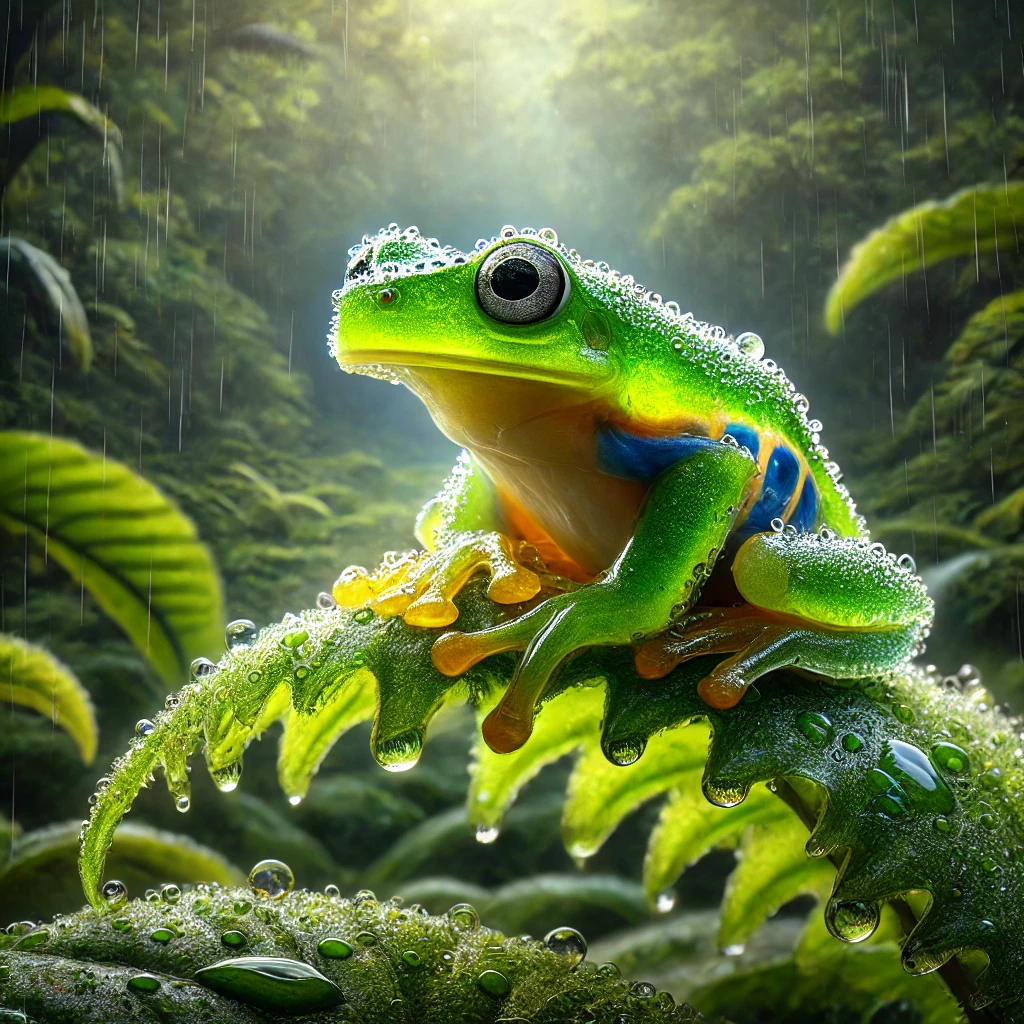
2. Collared Peccary (Saino)
The collared peccary, a distant relative of pigs, is a hardy herbivore that roams Costa Rica’s dry forests and savannas. These animals are known for their strong social bonds, often traveling in herds as they forage for roots, fruits, and nuts. While they may not have the glamour of Costa Rica’s big cats, collared peccaries play a vital role in maintaining the ecosystem by dispersing seeds and aerating the soil with their digging. Their distinctive musk scent serves as a form of communication within the herd, which can number up to 20 individuals. Despite their modest appearance, they are an integral part of the forest’s intricate web of life.
Where to See Them: You can find these intriguing animals in Santa Rosa National Park and Palo Verde National Park.
Best Time: Early morning hikes are the best time to observe peccaries as they are most active during cooler hours.
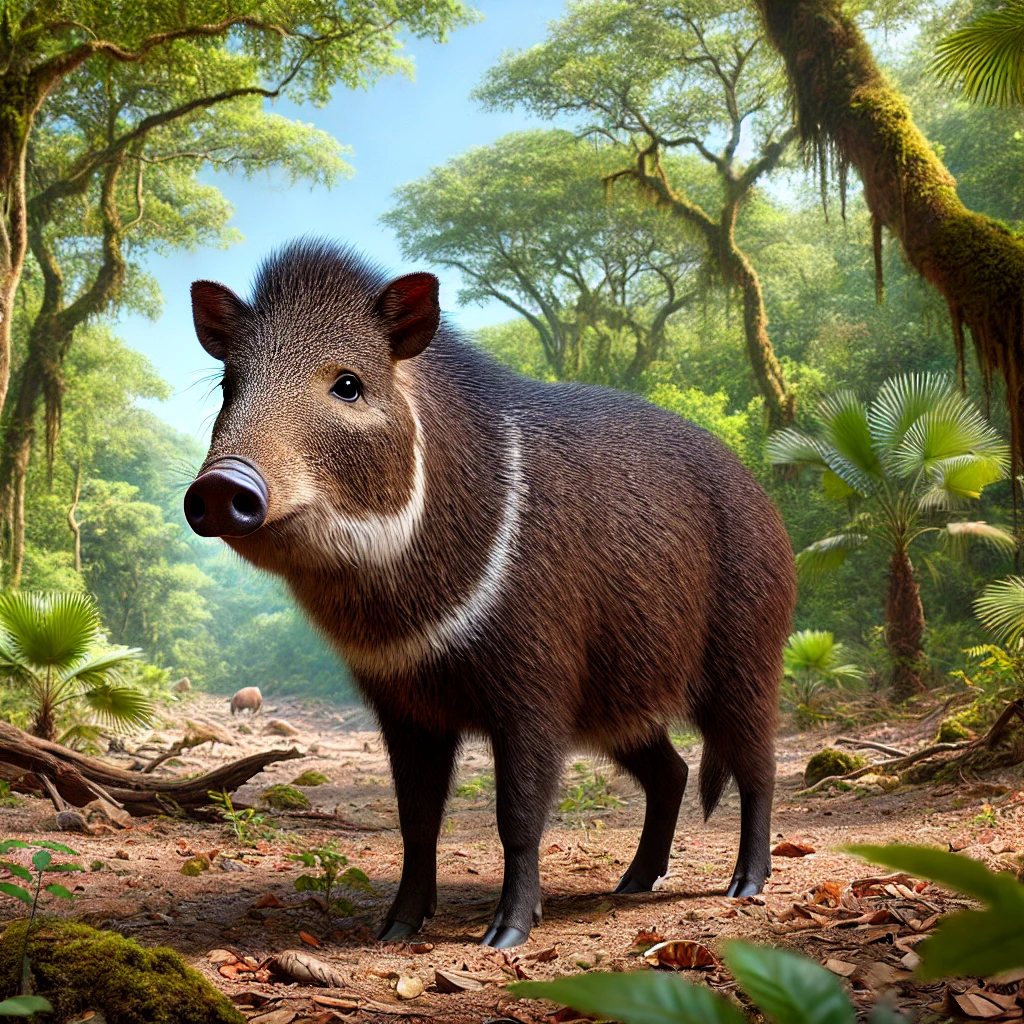
3. Eyelash Viper (Bocaracá)
Few animals can compete with the eyelash viper in terms of vibrant beauty and deadly charm. This small but highly venomous snake is famous for the “eyelash-like” scales above its eyes, which give it a unique and slightly menacing look. Found in a variety of dazzling colors, from bright yellow to deep green, the eyelash viper is an ambush predator, lying motionless among leaves until unsuspecting prey wanders too close. Despite its potent venom, the eyelash viper is not aggressive toward humans and will strike only if provoked. Its ability to remain perfectly still and blend with its surroundings makes spotting one a thrilling challenge for wildlife enthusiasts.
Where to See Them: Look for eyelash vipers in the lush rainforests of Tortuguero National Park and the Osa Peninsula.
Best Time: Guided night tours provide the safest and most effective way to see this stunning snake.
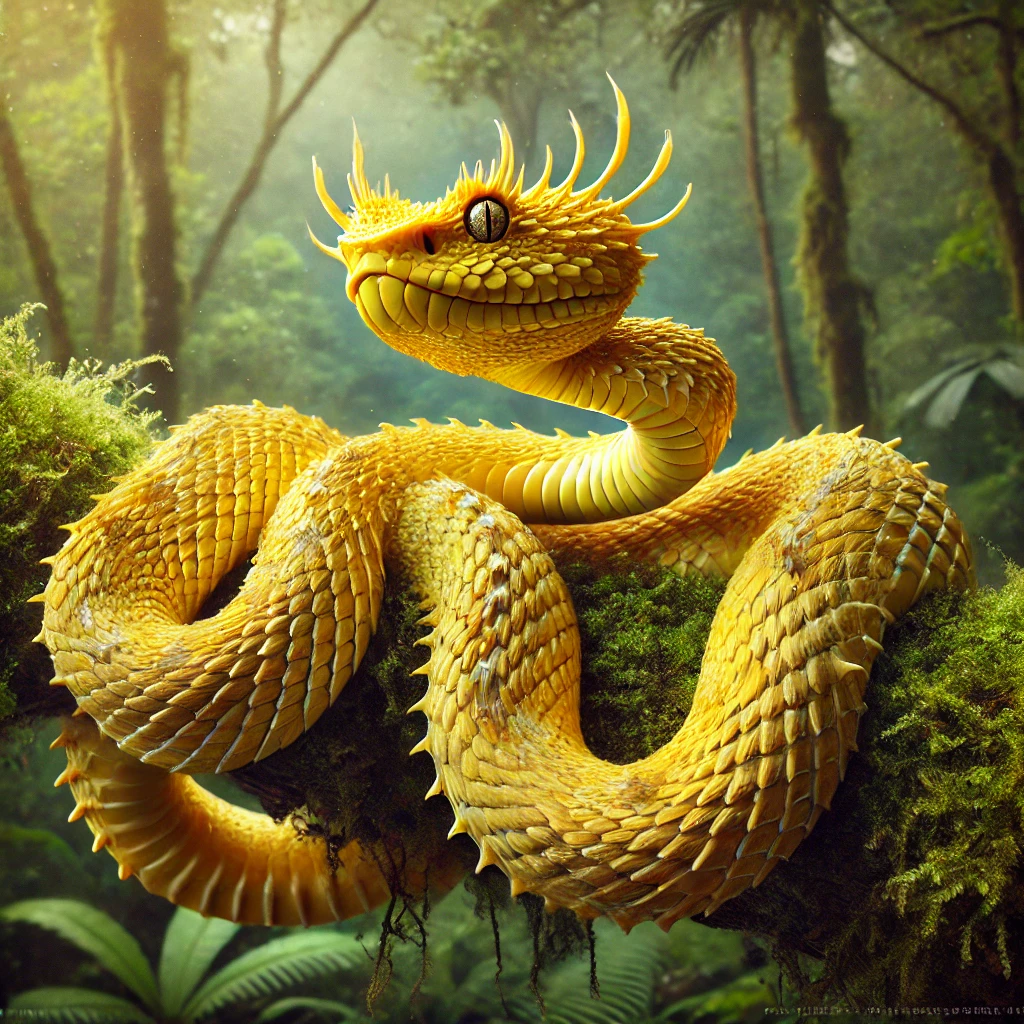
4. Agouti (Guatusa)
The agouti is a shy, ground-dwelling rodent that is vital to Costa Rica’s forest ecosystems. Resembling a larger version of a guinea pig, agoutis are natural seed dispersers. They hoard seeds, much like squirrels, burying them for later use—though often forgetting where they left them. This behavior aids in forest regeneration, making the agouti an unsung hero of the tropical environment. Despite being skittish around humans, they are fairly easy to spot in open areas near forest edges, where they forage for fruits, nuts, and roots. Observing their industrious behavior offers insight into the smaller but equally important roles animals play in sustaining biodiversity.
Where to See Them: Agoutis are frequently seen in Arenal Volcano National Park and Corcovado National Park.
Best Time: Dawn and dusk are prime times to spot them scurrying through the underbrush.
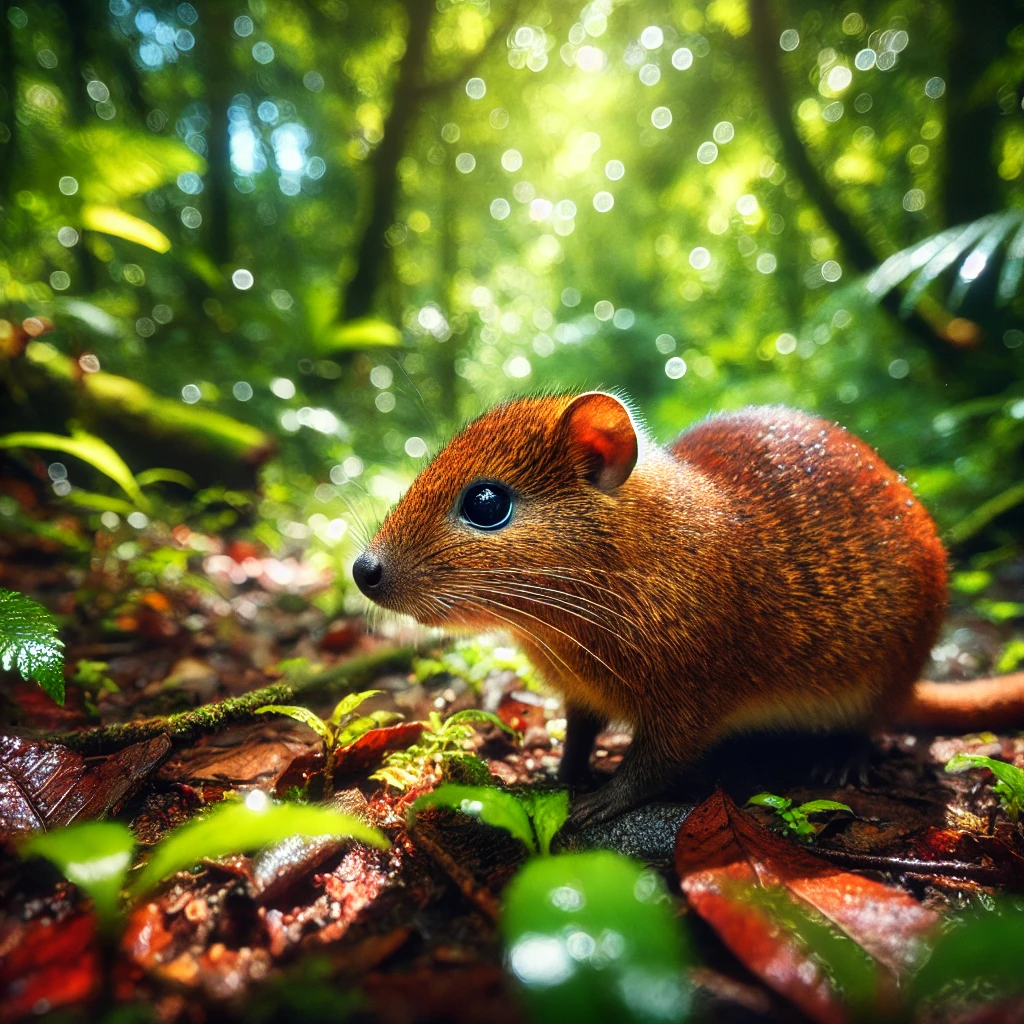
5. Great Curassow (Pavón)
The great curassow is a magnificent bird that often flies under the radar of Costa Rica’s wildlife enthusiasts. Its black plumage, striking curled crest, and large size make it a spectacular sight for birdwatchers. Unlike most birds, curassows spend much of their time on the ground, foraging for fruits and insects. Their loud calls echo through the forest, often serving as the first clue to their presence. Unfortunately, these birds are vulnerable to habitat loss, making sightings in the wild even more special. A glimpse of a great curassow is not just a treat for bird lovers but also a reminder of the importance of conserving their habitats.
Where to See Them: La Selva Biological Station and Manuel Antonio National Park are excellent places to find curassows.
Best Time: The dry season (December-April) offers better visibility for spotting these shy birds.
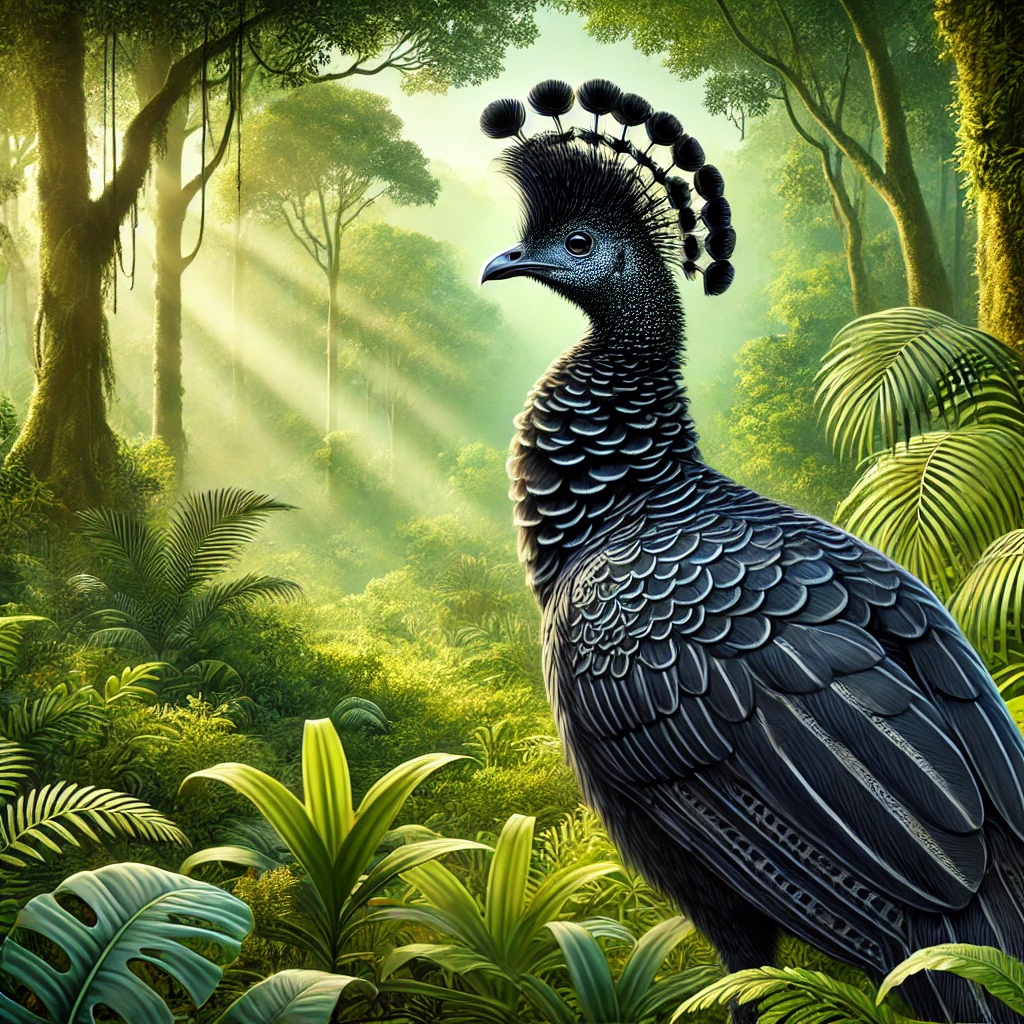
6. Basilisk Lizards (Jesus Christ Lizards)
The basilisk lizard has earned its nickname, the “Jesus Christ lizard,” for its seemingly miraculous ability to run on water. This unique talent, enabled by specialized scales and swift leg movements, allows the basilisk to evade predators and navigate its wetland habitats. Their dinosaur-like appearance, with a distinctive crest along their back, adds to their allure. Watching a basilisk dash across a river’s surface is a moment of pure wonder, embodying the extraordinary adaptations that make Costa Rica’s wildlife so diverse. These lizards are also excellent swimmers and climbers, making them one of the most versatile reptiles in the country.
Where to See Them: Spot these agile creatures in Tortuguero National Park and along the Sarapiquí River.
Best Time: Sunny afternoons when they bask on riverbanks or zip across the water.
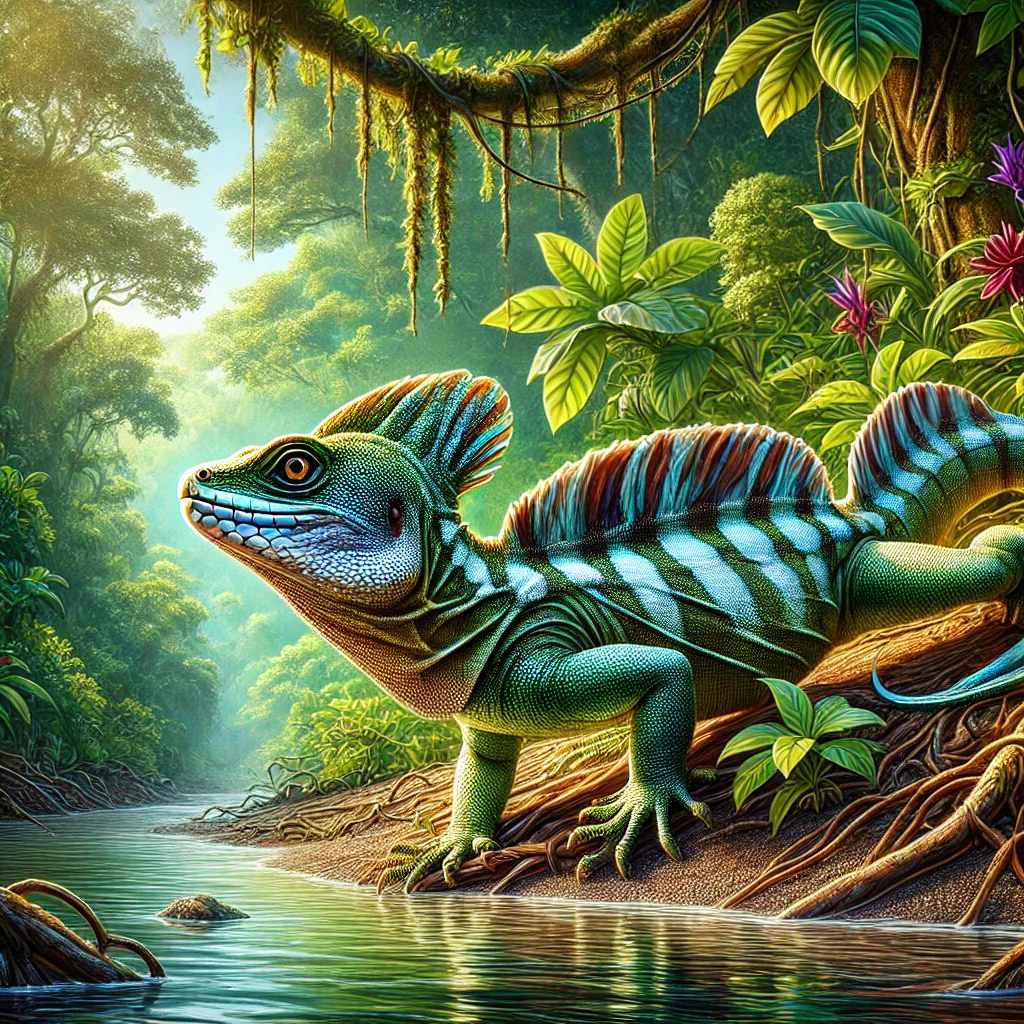
7. Olingo
The olingo is a nocturnal mammal that often gets overshadowed by its better-known relative, the kinkajou. Living high in the treetops, olingos are agile climbers with a long tail used for balance. Their large eyes help them navigate the dark forests as they search for fruits, nectar, and small insects. Because of their elusive nature, spotting an olingo feels like discovering a secret part of Costa Rica’s biodiversity. Nighttime explorers, especially those on guided tours, have the best chance of encountering these charming creatures in action.
Where to See Them: Monteverde Cloud Forest and the Nicoya Peninsula are hotspots for olingos.
Best Time: Guided night tours reveal their nocturnal activities.
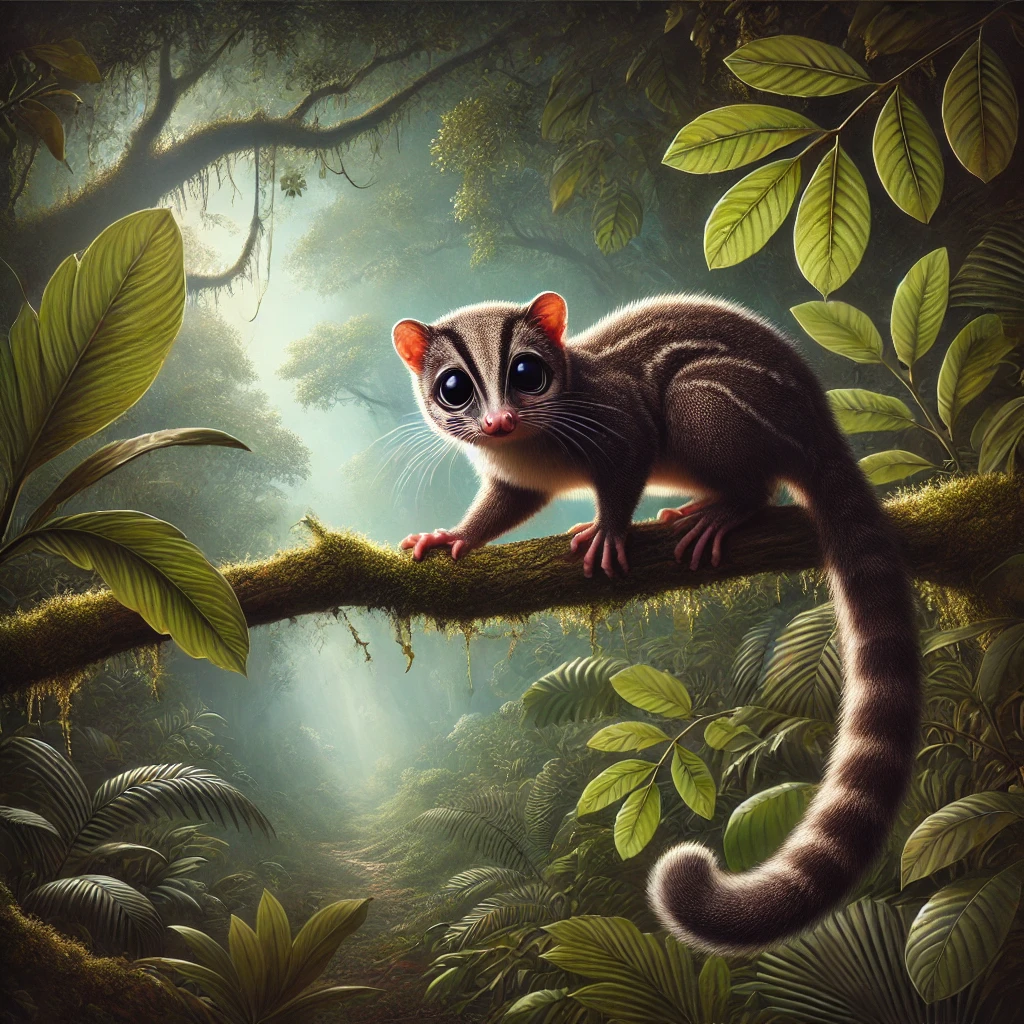
8. Scarlet Macaw (Guacamayo Rojo)
The scarlet macaw is one of Costa Rica’s most breathtaking birds, known for its vibrant red, yellow, and blue feathers that light up the tropical skies. These intelligent and social parrots often travel in pairs or small groups, communicating with loud, distinctive squawks. Scarlet macaws play a crucial role in the ecosystem as seed dispersers, ensuring the growth of various plant species. Despite being a symbol of the region’s natural beauty, these birds were once endangered due to habitat loss and poaching. However, conservation efforts have led to a resurgence of their population, making their sightings a heartwarming success story for wildlife enthusiasts. Spotting a scarlet macaw in the wild is a highlight for any visitor, as their striking colors and majestic flight epitomize the wonder of Costa Rica’s biodiversity.
Where to See Them: Scarlet macaws are commonly found in the Osa Peninsula, Carara National Park, and the Nicoya Peninsula.
Best Time: Early mornings and late afternoons are ideal for observing them in their natural habitat.
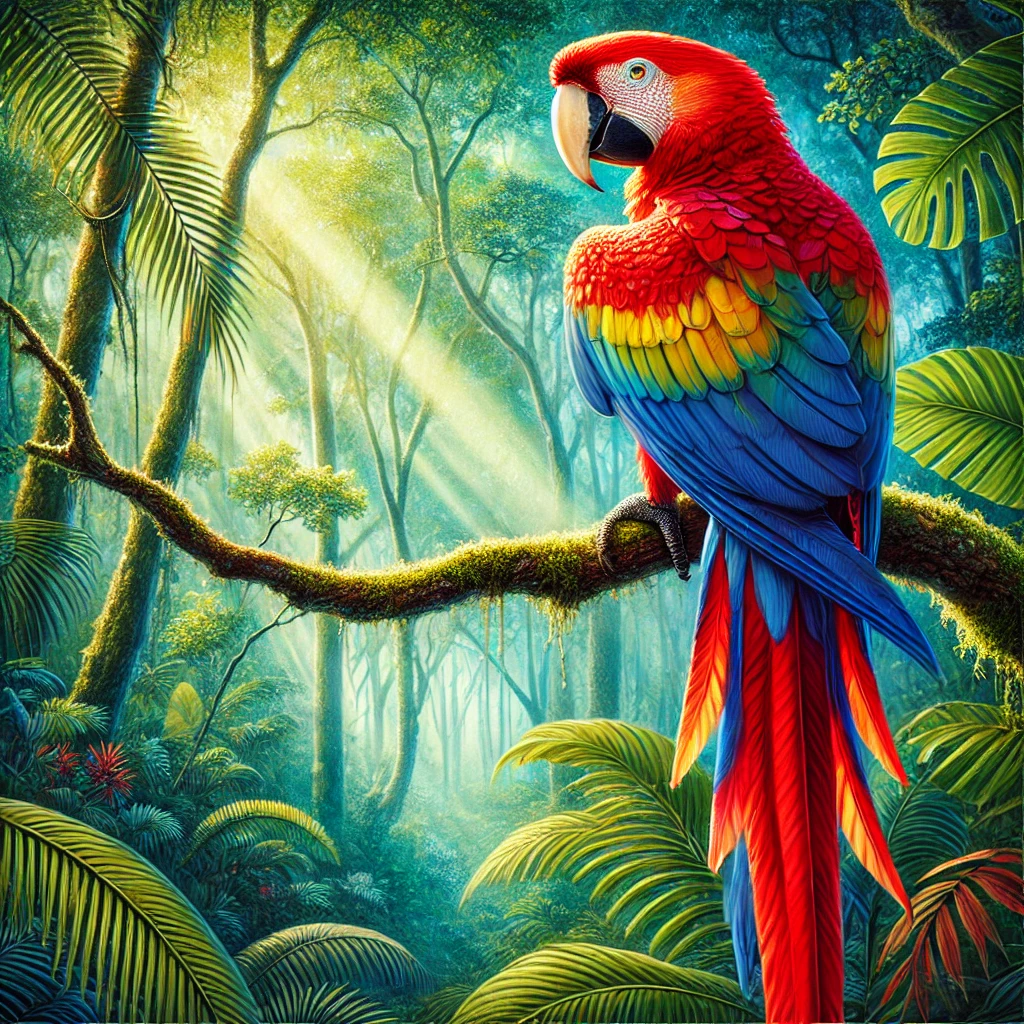
Costa Rica is waiting to amaze you with its hidden wildlife gems. From the transparent allure of the glass frog to the captivating charm of the margay, there’s so much more to discover beyond the familiar. So, pack your binoculars, prepare your camera, and get ready to immerse yourself in the unparalleled beauty of Costa Rica’s wildlife!
